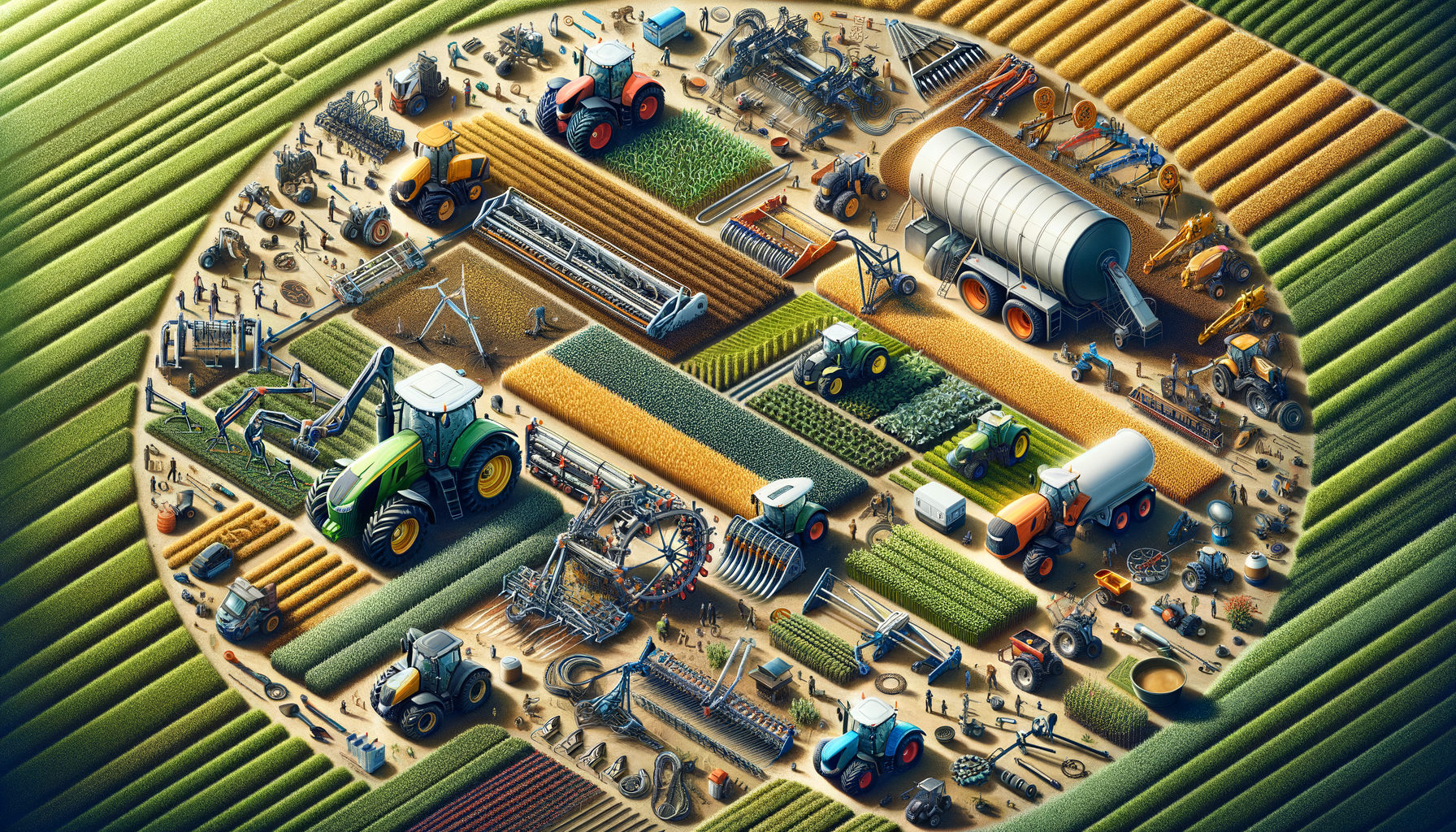Introduction to Modern Farming
In the ever-evolving field of agriculture, farms play a crucial role in feeding the world’s population. The methods and tools used in farming have transformed significantly over the years, adapting to the demands of efficiency and sustainability. From traditional practices to advanced technological solutions, the landscape of farming is rich with diversity and innovation. This article delves into various farming methods and the tools that are shaping agriculture today, highlighting their importance in ensuring food security and environmental stewardship.
Traditional and Modern Farming Methods
Farming methods have evolved from ancient practices to modern techniques that optimize yield and sustainability. Traditional soil farming remains a cornerstone, relying on the natural fertility of the land. This method involves plowing, planting, and harvesting, with an emphasis on crop rotation and soil health.
In contrast, greenhouse cultivation offers a controlled environment for growing crops, protecting them from adverse weather and pests. This method enhances productivity and extends growing seasons, making it possible to cultivate a wide variety of crops year-round.
No-till farming is another innovative approach that minimizes soil disturbance. By eliminating the need for plowing, this method helps preserve soil structure, reduce erosion, and maintain organic matter. These practices collectively contribute to sustainable agriculture, ensuring that land remains fertile for future generations.
Technological Tools in Crop Farming
The integration of technology in crop farming has revolutionized the way farmers manage their fields. Machinery such as balers and cultivators streamline the process of planting and harvesting, reducing labor and increasing efficiency. Drones have become invaluable for monitoring crop health, providing aerial views that help identify areas needing attention.
Precision agriculture tools, including GPS and sensors, enable farmers to apply water, fertilizers, and pesticides with pinpoint accuracy. This not only enhances crop yield but also minimizes environmental impact by reducing resource wastage. These technological advancements empower farmers to make data-driven decisions, optimizing their operations for better outcomes.
Innovations in Livestock Farming
Livestock farming has also seen significant advancements, with modern feeders and automated milking systems enhancing productivity. Automated feeders ensure that animals receive the right amount of nutrition, reducing waste and improving growth rates. These systems can be programmed to dispense feed at specific times, ensuring consistent and efficient feeding schedules.
Automated milking systems have transformed dairy farming, allowing for increased milk production with less manual labor. These systems are equipped with sensors that monitor the health and output of each cow, providing valuable data for herd management. Such innovations not only improve efficiency but also enhance animal welfare by ensuring they are well-fed and healthy.
Conclusion: The Future of Farming
As the global population continues to grow, the demand for food will only increase. The methods and tools discussed in this article illustrate the dynamic nature of farming, where tradition meets technology to create efficient and sustainable agricultural practices. By embracing both time-honored techniques and modern innovations, farmers can ensure that they are well-equipped to meet the challenges of the future.
Ultimately, the success of farming relies on a delicate balance between productivity and sustainability. By leveraging the best of both worlds, agriculture can continue to thrive, providing nourishment for people and the planet alike.




Leave a Reply